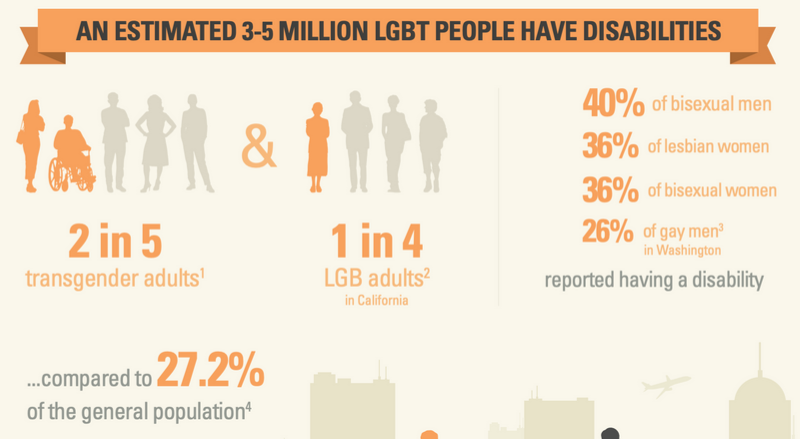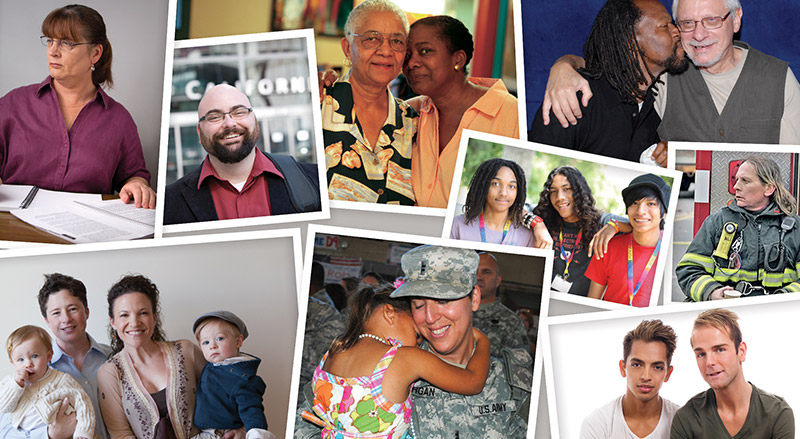LGBTQ people in the United States have families, work hard to earn a living, pay taxes, and serve their communities and their country. Recent research by Gallup finds that 4.5% of the adult U.S. population identifies as lesbian, gay, bisexual, or transgender. Applying these figures to the total number of adults in the U.S., this suggests that there are roughly 11 million LGBTQ adults nationwide.
The “Understanding” series is designed to provide broad overviews into the lives, experiences, disparities, and strengths of LGBTQ people, LGBTQ older adults, transgender people, and bisexual people.






